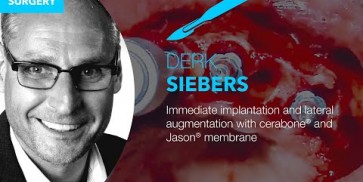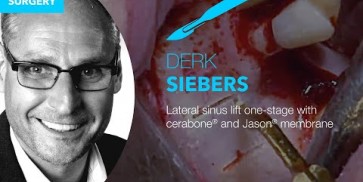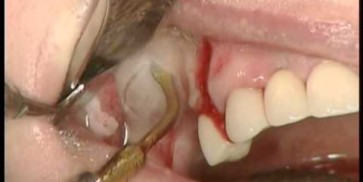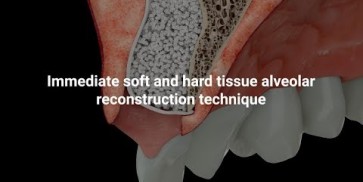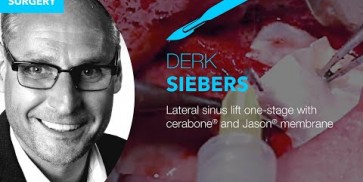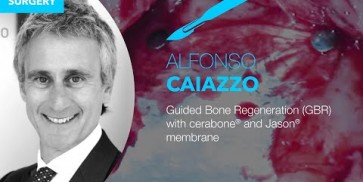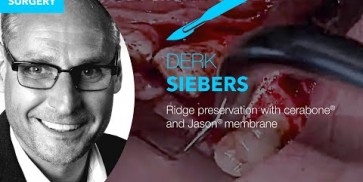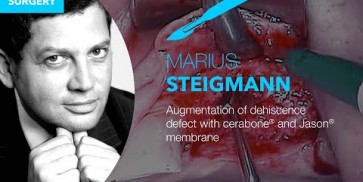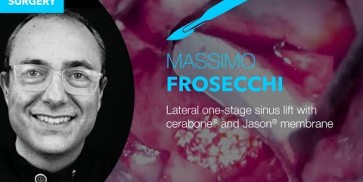
Jason® membrane
- Horizontale und vertikale Augmentationen
- Kiefer-Rekonstruktionen
- Socket- und Ridge Preservation
- Sinuslift
- Schutz und Abdeckung der Schneider’schen Membran
- Fenestrations- und Dehiszenzdefekte
- Intraossäre Defekte (1- bis 3-wandig)
- Furkationsdefekte (Klasse I und II)
|
- Natürliche lange Barrierefunktion
- Geringe Dicke, natürliche Struktur
- Einfache Nutzung, kann trocken und nass angewendet werden
- Kein Verkleben nach Hydrierung
- Schnelle Vaskularisierung aufgrund dreidimensionalen Struktur
- Starke Reißfestigkeit und Stabilität
Artikel-Nr. | Größe | Inhalt | ||
|---|---|---|---|---|
BO-681520 | 15 x 20 mm | 1 x Membran | ||
BO-682030 | 20 x 30 mm | 1 x Membran | ||
BO-683040 | 30 x 40 mm | 1 x Membran |

Durch den einzigartigen, patentierten Herstellungsprozess bleiben die herausragenden Eigenschaften des nativen Perikards während des intensiven Reinigungsprozesses erhalten, welcher zur Produktion von Jason® membran genutzt wird. Aus diesem Grund verfügt Jason® membrane über eine natürliche mehrschichtige wabenartige Kollagenstruktur mit erhöhtem Gehalt an Kollagen Typ III, welches zu einer beachtlichen Reißfestigkeit und verlängerter Standzeit der Jason® membrane führt. Aufgrund ihrer natürlich langen Barrierefunktion eignet sich Jason® membrane besonders für größere Augmentationen. Durch die geringe Dicke von 0,05 - 0,35 mm erleichtert sie das Weichgewebemanagement, besonders bei Patienten mit dünnem Biotyp. Die Membran hat die Fähigkeit an den Defekt zu adhärieren ohne zu verkleben. Die multidirektionale Zugfestigkeit der Jason® membrane ermöglicht eine Fixierung der Membran durch verschiedene Methoden, z.B. durch Vernähen oder Pinnen.
Please find our free webinars at www.botiss-webinars.com
Kostenfreie Webinare zu Schulungszwecken finden Sie unter www.botiss-webinars.com
Please find our free webinars at www.botiss-webinars.com
Please find our free webinars at www.botiss-webinars.com
Please find our free webinars at www.botiss-webinars.com
Please find our free webinars at www.botiss-webinars.com
Please find our free webinars at www.botiss-webinars.com
Please Contact us for Literature.


































































